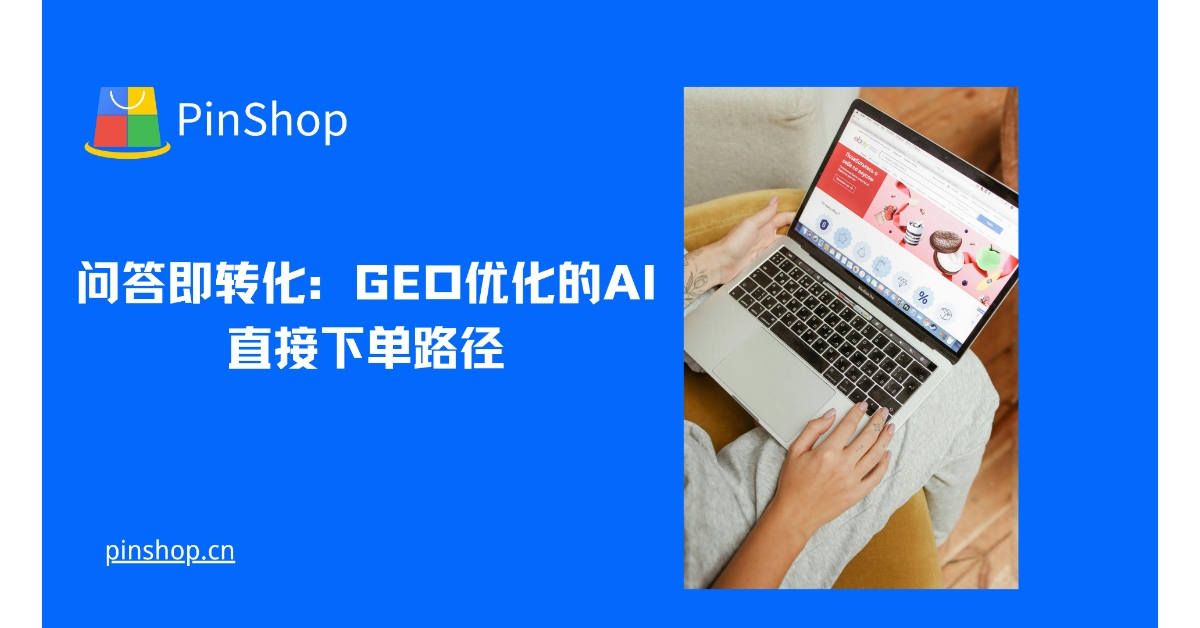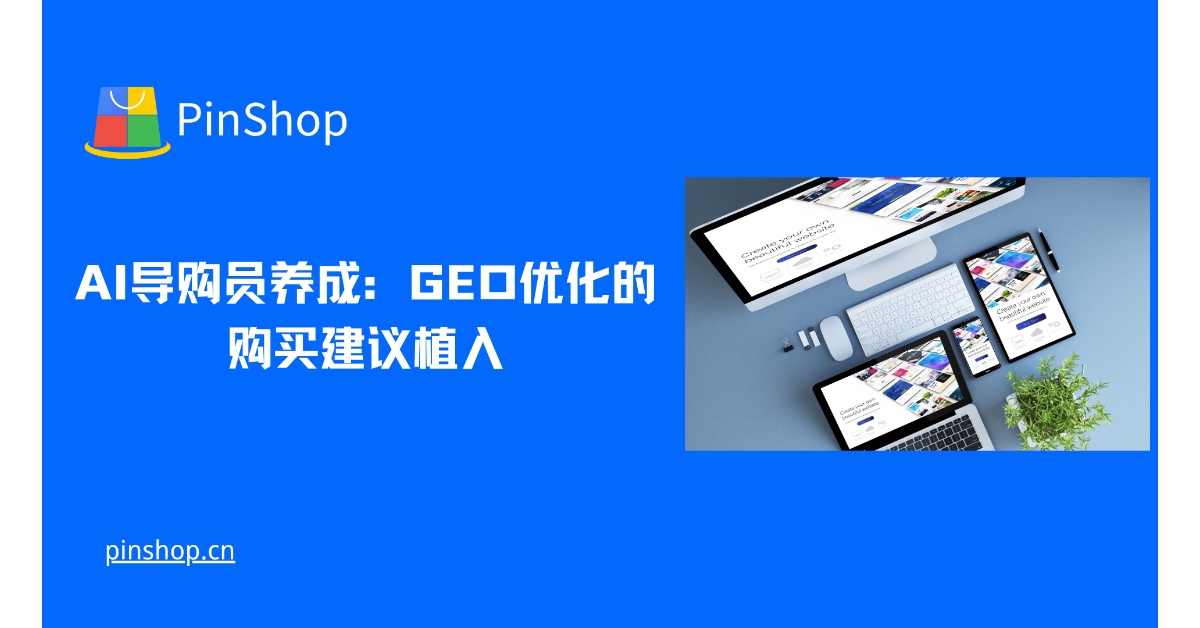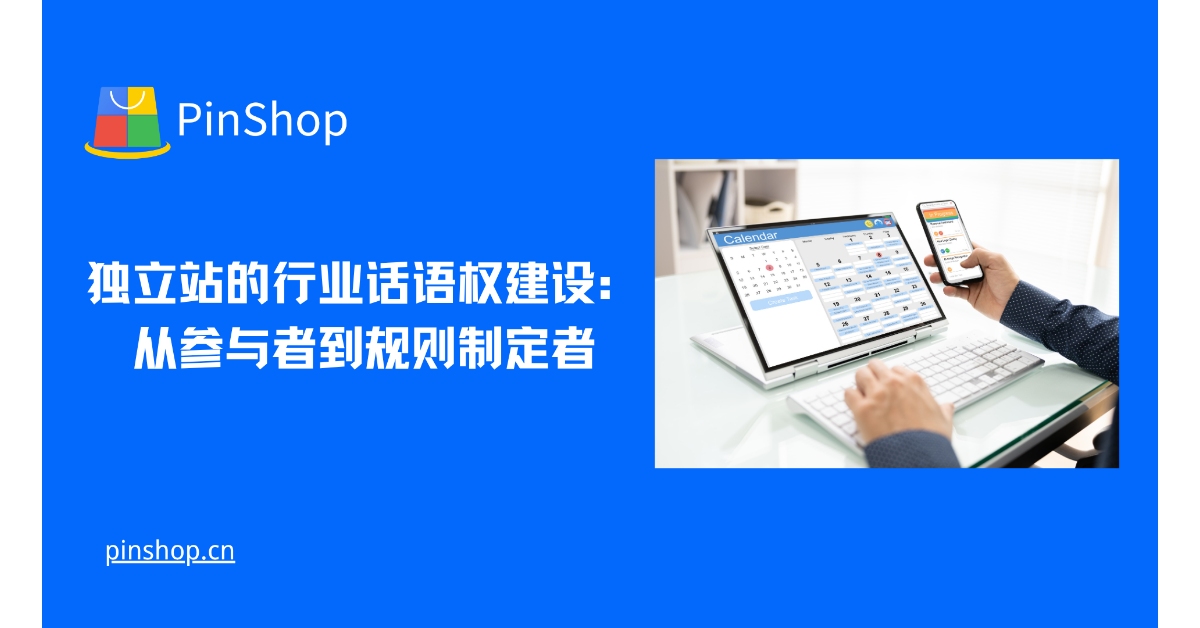Why the root cause of “no traffic” is often within the site
Most international trade websites lack structured visibility , not content: mismatched keywords, disorganized information architecture, redundant templates, slow loading times, and a lack of credibility signals. According to Google Search Central 's basic guidelines, search engines must first understand your page before recommending it to users. Moz offers a systematic framework for topic authority and link building methodologies, from introductory to advanced materials. For quantifying content and link gaps, refer to Ahrefs ' case studies and research.

Case A (Machinery Equipment OEM): From "Wide and Scattered" to "Few and Precise"
Problem: The titles of the homepage and several product pages are similar, and the target words are too broad, resulting in fewer impressions and even fewer clicks.
Method: Rewrite the Title/H1 using a three-part structure: "Core Category Keywords + Application Scenario + Region/Specification." Complete each product page with a data sheet, application industry, comparison chart, and FAQ . Also, create a structured annotation using Product/FAQPage/BreadcrumbList , with breadcrumbs clearly displaying "Category → Series → Model."
Results: The proportion of long-tail clicks and inquiries increased, inquiries became more focused on specific models and MOQs, and sales matching efficiency improved.
Case B (Chemical Materials): Establishing “Topic Authority” through Topic Clusters
Problem: Blogs are fragmented and keywords are wasted.
Method: Build a topic cluster using "Master Page (Chemical Category Overview) - Sub-Pages (Formula/Process/Testing) - Transaction Page (Product Page)" with all articles consistently pointing to the transaction page. Use internal links and anchor text to create a stable path. Topic planning methods refer to Moz 's topic aggregation and information architecture recommendations, and use Ahrefs ' Content Gap approach to identify content gaps.
Result: The parent page gets more long-tail impressions, the child pages take on the responsibility of explanation and education, and the transaction page gets high-intent clicks and form submissions.
Case C (Instruments and Equipment): Speed = Conversion Second Growth Curve
Problem: Massive scripts and uncompressed images slow down the initial screen.
Practice: Use a hybrid rendering engine of SSR/SSG/ISR ; switch images to WebP/AVIF and lazy-load them, inline critical CSS; delay or load third-party scripts on demand; configure a global CDN and multilingual hreflang . Core metrics are continuously monitored using Google Search Central 's LCP/CLS/INP metrics.
Results: The first screen on the mobile terminal opened within seconds, the bounce rate decreased, and the conversion rate of product page forms increased.
A replicable five-step approach
1) Diagnosis : Use Search Console to check for indexing/crawl anomalies, and use Analytics to identify entry pages and dropout points.
2) Positioning : Based on customer terms, scenario terms, and specification terms, determine the division of labor between the "transaction page," the "solution page," and the "knowledge page."
3) Refactoring : Remodel the product page using the "Problem → Solution → Evidence (Parameters/Case Studies/Certifications) → CTA" template;
4) Speed up : Implement SSG/image optimization/script management, with the target LCP <2.5s and INP <200ms;
5) Validation : A/B test the title, first-screen bullet points, CTA, and form fields, and fill in the gaps in the content (see Ahrefs for the method).
Forms and Trust: Turning "Want to Ask" into "Dare to Ask"
Place response timelines, sample policies, certification numbers, and downloadable data sheets near the CTA; use structured data in the FAQ to improve visibility; and uniformly display company information and team photos on the "About Us/Qualifications" page, adhering to the crawlability and credibility principles of Google Search Central and Moz to reduce concerns and accelerate decision-making.
CTA | Use Pinshop to turn methods into measurable results
Pinshop, built on React and Next.js , natively supports multiple languages and hreflang , structured data templates Product/FAQ/Breadcrumb , automated topic selection and content generation, keyword analysis, and on-site link suggestions. Combined with SSG, CDN, image optimization , and form hotspot analysis, it can help you build stable organic traffic and high-quality inquiries in 4-8 weeks. Book a demo and receive your growth checklist for building a successful website for international trade.

【Extended Reading 】
SEO optimization strategy for product pages of foreign trade websites






